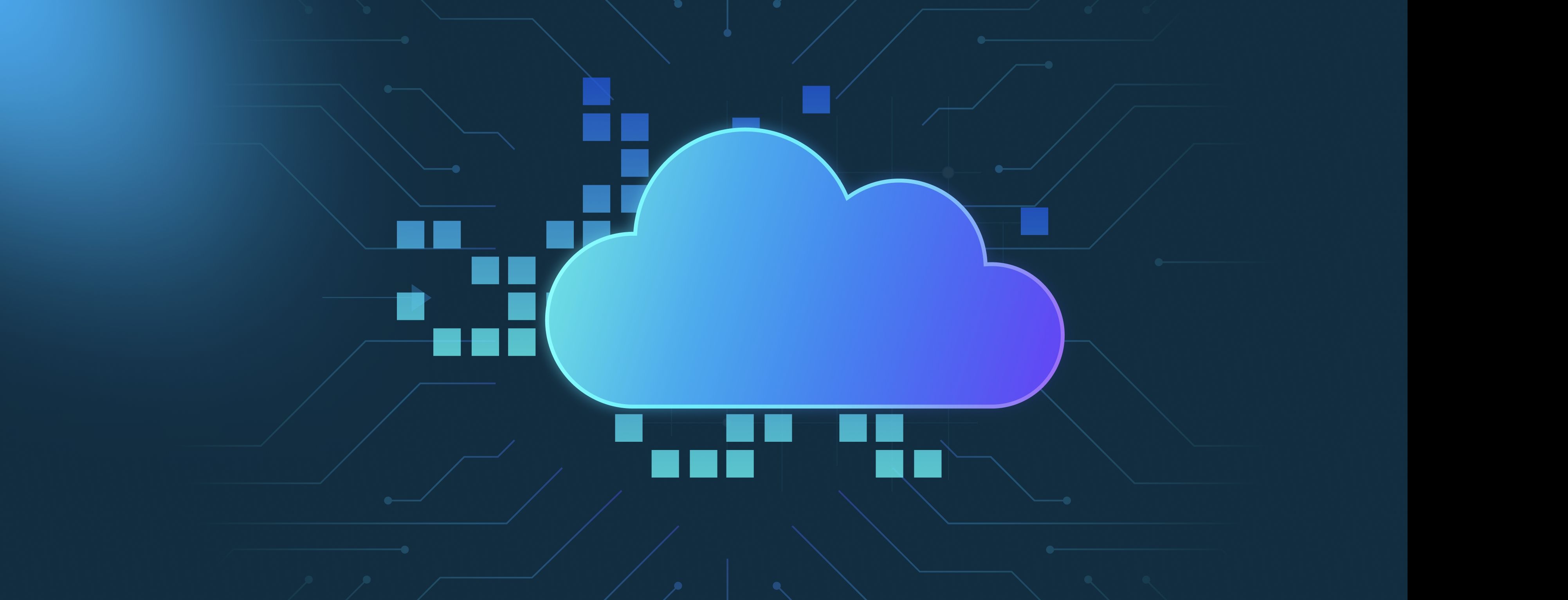To identify latency bottlenecks in retrieval and generation steps, implement granular monitoring across three areas: step-specific metrics, resource utilization, and end-to-end tracing.
First, instrument each component to track latency percentiles (p50, p90, p99) and error rates separately. For retrieval, measure database query times, cache hit ratios, and network roundtrips. For generation, track model inference time, token generation speed, and output validation duration. Use histograms to detect latency spikes rather than averages alone—a 99th percentile spike in retrieval from 100ms to 800ms could indicate indexing issues without affecting average metrics. Set alerts when these metrics exceed baseline values (e.g., retrieval >300ms for 5 consecutive minutes) using tools like Prometheus. For example, if using a vector database, monitor query complexity metrics like the number of dimensions searched, which directly impacts retrieval speed.
Second, monitor infrastructure resources affecting each step. For retrieval, track database CPU/memory pressure, connection pool wait times, and disk I/O. For generation, monitor GPU memory utilization, batch processing queue depth, and model loading times. Use tools like Grafana to correlate latency spikes with resource metrics—a simultaneous increase in generation latency and GPU memory usage might indicate larger input batches overwhelming available VRAM. For cloud-based services, track API rate limits and throttling events from third-party providers used in either step.
Finally, implement distributed tracing (e.g., OpenTelemetry) to track request lifecycles. Use unique trace IDs to measure time spent specifically in retrieval versus generation, and identify sequential versus parallel processing patterns. For example, traces might reveal that 70% of total latency comes from document retrieval in RAG architectures, prompting optimization of chunking strategies. Log contextual details like retrieval query parameters and generation input length, which can reveal patterns (e.g., latency increasing linearly with input token count). Combine this with synthetic monitoring that tests different query types to establish performance baselines under controlled conditions.
